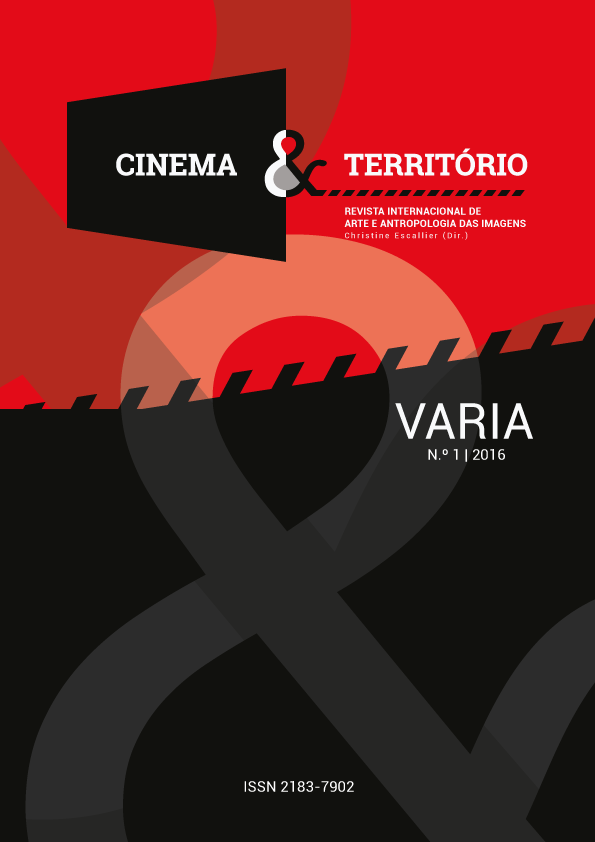Hiding place: the space that gives body to the filmic images
DOI:
https://doi.org/10.34640/universidademadeira2016olimKeywords:
hiding, out-of-field, centrifugal, imagination, invisible spaceAbstract
The cameras only capture a restricted area and much, or almost everything, is outside the frame, outside the plane, outside our area of vision. In cinema, this out-of-field space is as important, or even more important, than the image we see projected onto the screen. In this invisible space, which is hidden beyond the edges of the image, we are taken to an imaginary, infinite universe, fundamental to cinematographic art.
References
Alberti, L. B. (1999). Da Pintura. Campinas: Editora da Unicamp.
Aumont, J. (2004). O Olho Interminável - Cinema e Pintura. São Paulo: Cosac & Naify.
Bazin, A. (1992). O Que é o Cinema? Lisboa: Livros Horizonte.
Belting, H. (200). Theaters - Hiroshi Sugimoto. New York: Sonnabend Sundell Editions.
Burch, N. (1973). Praxis do Cinema. Lisboa: Editorial Estampa.
Burke, E. (1993) [1729-1797]. Uma Investigação Filosófica Sobre a Origem de Nossas Idéias do Sublime e do Belo. Campinas: Papirus - Editora da Universidade de
Campinas.
Deleuze, G. (2009). Cinema 1. A Imagem-Movimento. Lisboa, Assírio & Alvim.
Dubois, P. (1992). O Acto Fotográfico. Lisboa: Vega.
Hall, E. T. (1986). A Dimensão Oculta. Lisboa: Relógio D’Água.
Kant, I. (1985). Crítica da Faculdade do Juízo. Lousã: Imprensa Nacional - Casa da Moeda.
Mah, S. (2003). A Fotografia e o Privilégio de um Olhar Moderno. Lisboa, Edições Colibri.
Merleau-Ponty, M. (2004). O Olho e o Espírito. Sacavém: Edições Vega.
Nead, L. (1992). The Female Nude: Art, Obscenity and Sexuality. London: Routledge.
Downloads
Published
How to Cite
Issue
Section
License
Copyright (c) 2016 Hugo Olim

This work is licensed under a Creative Commons Attribution-NonCommercial 4.0 International License.
For more information follow the link: CC Atribuição-NãoComercial 4.0








